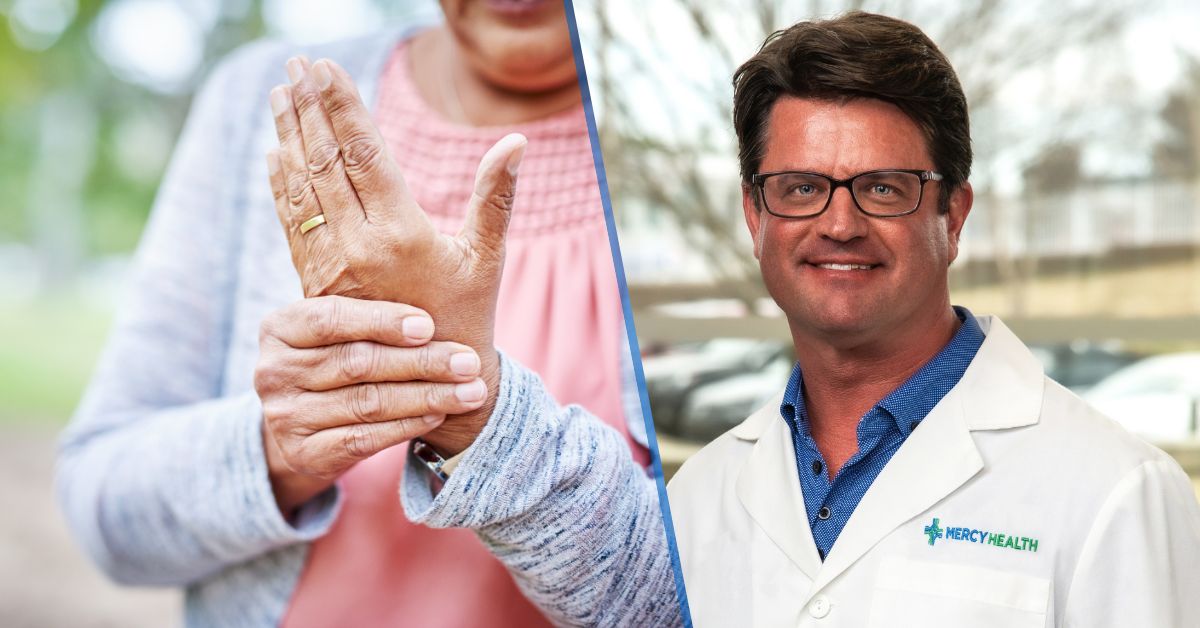Learn how to better activate your glutes and core
When you activate a muscle, it means you’re focusing on it. You’re turning it on for use. Activation is a little different than exercising a muscle. Activating means you’re isolating the muscle or muscle group to correct a movement, or to warm up before your main exercise routine.
Why do people have trouble activating certain muscles?
Sometimes you’re not aware that you aren’t using a muscle the correct way. As a result, you have a lazy muscle that needs focused activation. When you do an exercise or movement incorrectly, you’re not activating the right muscles. The ignored muscle shuts down. Many frequent exercisers or active people ignore muscles like the gluteal group and the core. One cause is too much sitting down during the day.
The inability to activate a muscle has to do with awareness. You want to be aware of how you’re initiating a movement so you activate your muscle. In other words, you may be doing many squats, but you’re not doing them correctly. It helps to understand the correct way to initiate a squat with your glutes and core.
What are glutes?
Your glutes are your buttock muscles. They’re also one of the largest muscle groups in your body. Your glute muscles help you balance and stay upright when you stand. Strong buttock muscles help you exercise efficiently. There are three parts to your glutes:
- Gluteus maximus, which shapes your posterior and helps you raise your thigh to the side, rotate your leg or push your hips forward
- Gluteus medius, which works with the gluteus minimus to help your gluteus maximus raise your leg to the side
- Gluteus minimus, which works with the gluteus medius to help your gluteus maximus do its work
The glutes work together to rotate your leg outward when your leg is straight and inwards when you’re bent at the hips. All of this movement is an important reason to keep your glutes strong. Weak glutes can result in injury to other parts of your body.
What is the core?
Your core includes your abdominal, back and pelvis muscles. The stronger your core muscles are, the easier it is to move and stay active. When your core muscles are stable, you’re less likely to injure yourself. In addition, the stronger your core is, the more you can easily activate your glutes.
How to know if you have trouble activating your glutes and core
Lower back pain may be an indication that you have a weak glutes and core. That’s because your lower back forces you to move when your hips should actually be making you move. But your hips can’t make you move if your glutes and core aren’t stable enough to initiate correct movements.
Key exercises to activate your glutes
All you need is a mat to do these two simple exercises that help strengthen your glutes.
- The knee pulse: Begin on all fours. Lift your knee above your hips. Flex your foot and pulse your knee 12 to 15 times. Do the same with your opposite leg.
- Standing leg lift: Stand with your hands on your hips. Press your left leg out behind you to activate your glutes. Repeat 12 to 15 times on each side.
These activation exercises for your glutes require small movements to see benefits.
Key exercises to activate your core
The following three exercises are meant to activate and strengthen your core. You’ll only need your body weight to do them. Keep aware of how you engage your core when doing these moves:
- Boat torso twist: Sit on your mat leaning slightly back. Keep your knees bent and clasp your hands in front of your bellybutton. Twist to your right and to your left, doing 12 to 15 reps.
- Walking plank: Start on all fours. Keep your arms bent and elbows under your shoulders. Put your knees on the floor. Unbend one arm at a time, and then come down and do the opposite side 12 to 15 reps.
- The bird dog: Start on all fours. Carefully lift your left leg and right arm at the same time, and then switch. Do 12 to 15 reps.
Every move you make with these three exercises need to be controlled for maximum core benefits.
If you’re consistently having trouble with your glutes or core, a physical therapist may be able to help. On top of the exercises recommended above, a physical therapist can help tailor additional exercises to your specific needs. If you’re interested in learning more, find a physical therapist near you today.







6 Comments
Post a CommentLauri
This is a great article but I don’t understand how to do the exercises. Diagram or photo would be helpfulMercy Health
That's a great idea, Lauri. Since we don't have those available right now, please let us know if there are any exercises we can provide a further explanation of.Wanda
The only one I can’t visualize is the walking plank.Mercy Health
Hi Wanda, for the walking plank, you want to alternate between being on your forearms and pressing into your palms. So, if you start on your forearms, lift up and press one palm into the floor, and then the other. You are now in a full-arm plank. After that, bring one forearm down to the floor, then the other. You are now in a forearm plank. Continue to alternate and "walk" between the two versions of plank for the number of reps. Hope this helps!Debra Poskanzer
I didn't understand what it means to pulse your knee...Mercy Health
Hi Debra, you could also think of this as pulsing your foot up. Think of your flexed foot pushing higher into the air.